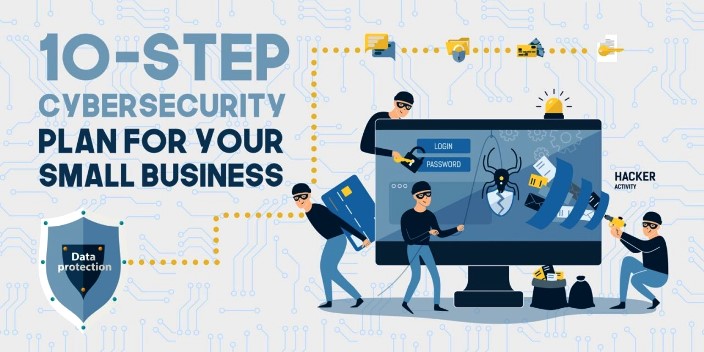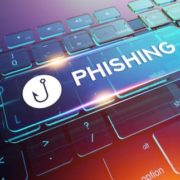By Oladipupo Adeosun
Cybersecurity is crucial for small and medium-sized enterprises (SMEs) to protect their valuable assets, and sensitive data, and maintain business continuity. While SMEs may have limited resources, implementing effective cybersecurity practices can help mitigate risks and strengthen their overall security posture.
RELATED: Cybersecurity incidents and dramatic falls in sales are most challenging types of crises to hit SMBs
Here are key cybersecurity considerations and best practices for SMEs:
- Establish a Cybersecurity Policy: Develop a comprehensive cybersecurity policy outlining the organisation’s security approach. The policy should address areas such as acceptable use of technology, password requirements, data handling and classification, incident response procedures, and employee responsibilities. Regularly communicate and train employees on the policy to ensure awareness and compliance.
- Employee Education and Awareness: Invest in cybersecurity education and training programs for employees. Promote awareness of common threats like phishing, social engineering, and malware attacks. Train employees on best practices for password management, safe browsing habits, and handling sensitive data. Encourage a security-conscious culture where employees are vigilant and report any suspicious activities.
- Secure Network Infrastructure: Protect your network infrastructure by implementing firewalls, secure Wi-Fi networks, and strong access controls. Regularly update network devices with the latest security patches and firmware. Segregate internal networks, such as guest and employee networks, to limit access and mitigate the risk of unauthorized access.
- Regularly Update and Patch Systems: Keep all software, operating systems, and applications up to date with the latest security patches. Vulnerabilities in software are often exploited by cyber attackers. Enable automatic updates or establish a process to regularly check for updates and apply them promptly.
- Use Strong Authentication: Implement multi-factor authentication (MFA) for critical systems and accounts. MFA adds an extra layer of security by requiring users to provide additional proof of identity, such as a verification code sent to their mobile device, in addition to a password. This mitigates the risk of password compromises.
- Data Backup and Recovery: Regularly back up critical data to secure and offsite locations. This helps protect against data loss due to cyber incidents, hardware failures, or natural disasters. Test data restoration procedures to ensure backups are functioning correctly and can be relied upon for recovery.
- Secure Remote Access: If employees need to access company systems remotely, establish secure remote access practices. This includes using virtual private networks (VPNs) to encrypt communications and protect against unauthorized access. Enforce strong authentication and ensure remote access tools and software are updated.
- Vendor and Third-Party Risk Management: Assess the security practices of vendors and third-party providers who have access to your systems or handle sensitive data. Include security requirements in contracts and agreements, and regularly review their compliance with security standards. Regularly monitor and assess the risks associated with third-party relationships.
- Incident Response Planning: Develop an incident response plan to ensure a swift and coordinated response in the event of a cybersecurity incident. Identify key stakeholders, establish communication channels, and outline the steps to be taken in the event of an incident. Regularly review and test the plan to ensure its effectiveness and relevance.
- Engage with Cybersecurity Experts: Consider seeking external expertise from cybersecurity professionals or managed security service providers (MSSPs) who can help assess your security posture, provide guidance, and assist in implementing appropriate security controls. They can offer valuable insights and help tailor cybersecurity measures to the specific needs and budget of your organization.
Remember, cybersecurity is an ongoing process, and it requires continuous monitoring, assessment, and improvement. Stay informed about emerging threats and best practices by following reputable cybersecurity sources and engaging in industry networks. By implementing these cybersecurity practices, SMEs can better protect their assets, safeguard their data, and minimize the risk of cyber incidents.
Adeosun has speciality in Information Technology, E-Business (Fintech, Cyber Security, and is a Penetration Tester





























